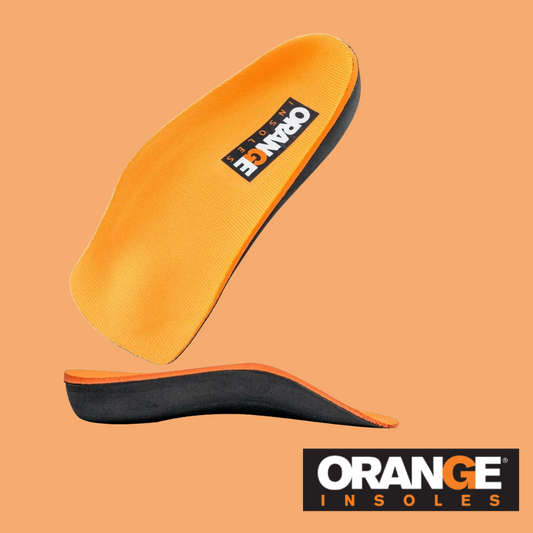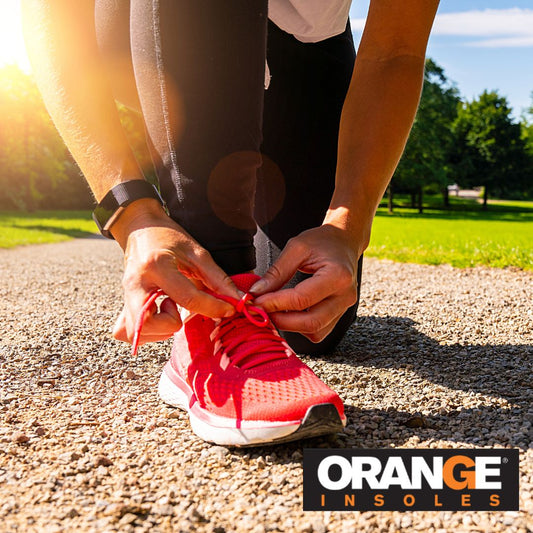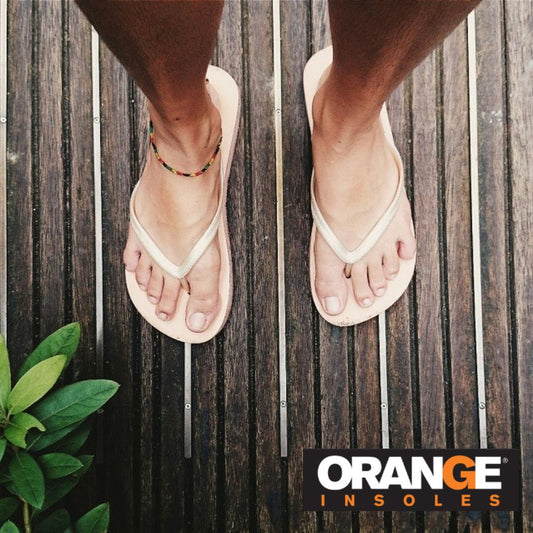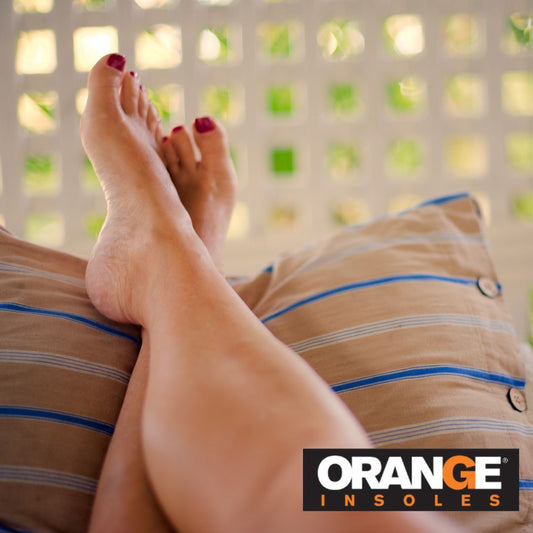Hiking boots are not the most comfortable pair of footwear. They weren’t designed the same way as comfy pairs of sneakers or running shoes. Because of their rigidity they’re great for wearing in intense environments and rough terrain. Thankfully, modern innovations of hiking boots have added improvements that make it a little more comfortable. The problem is, you might not be getting the necessary support and features that will give you a better hiking experience.
Discomfort from Wearing Hiking Boots
The rigid structure, while supportive, may not conform perfectly to your foot's shape. This stiffness in boots can lead to several issues:
- Blisters: The stiff materials and lack of flexibility in hiking boots can cause friction between your foot and the boot, leading to blisters. Blisters form when there is repeated rubbing, which creates small pockets of fluid under the skin. Insoles with a smooth surface and additional cushioning can reduce this friction and prevent blisters.
- Sore Feet: Hiking boots often lack sufficient padding and cushioning, especially in the insole area. The hard surfaces can press against the soles of your feet, causing soreness and pain, particularly after long hikes. High-quality insoles can provide the needed cushioning to absorb shock and distribute pressure evenly across your feet.
- Fatigue: Walking on uneven surfaces with rigid boots can be tiring. Without proper support and cushioning, your feet have to work harder to maintain balance and stability, leading to muscle fatigue. Insoles can help by offering better arch support and cushioning, which reduces the strain on your feet and legs, allowing you to hike longer with less discomfort.
Read more: How to Choose Hiking Boots?
Hiking Boots Injuries
Hiking on uneven terrain increases the risk of various foot and leg injuries. Hiking boots, while supportive and protective, can sometimes contribute to these risks compared to wearing running shoes or other types of footwear:
- Plantar Fasciitis:. The lack of flexibility in the boot can prevent the natural movement of the foot, placing extra stress on the plantar fascia.
- Shin Splints: The heavy and stiff nature of hiking boots can contribute to this condition. Hiking boots are designed to provide stability and protection, often at the cost of increased weight and reduced flexibility. This can lead to improper foot mechanics and increased stress on the lower leg muscles and bones, causing shin splints.
- Achilles Tendonitis: Hiking boots with high and rigid ankle support can restrict the natural movement of the Achilles tendon, leading to increased stress and potential inflammation. The lack of flexibility and the added weight of hiking boots can exacerbate this condition.
Why Cheap Boots Need Insoles
Cheap hiking boots often lack the necessary support and cushioning. Insoles can transform these budget-friendly options by:
- Improving Comfort: Adding cushioning to reduce foot fatigue.
- Providing Support: Offering arch and heel support to prevent injuries.
- Enhancing Durability: Protecting the boots from premature wear and tear.
Investing in good insoles can make even inexpensive boots suitable for long hikes.
When Your Old Boots Need Insoles
Even high-quality hiking boots can lose their support over time. Here are signs that your old boots might benefit from new insoles:
- Reduced Comfort: If your boots feel less comfortable than they used to.
- Visible Wear: When the original insoles show signs of wear and tear.
- Increased Foot Pain: Experiencing new or worsening foot pain after hikes.
Adding insoles can revive the comfort and support of your aging boots, extending their usability.
Benefits of Insoles During Hiking
- Enhanced Comfort: Insoles provide additional cushioning, absorb shock, and distribute pressure evenly, reducing discomfort from blisters, sore feet, and fatigue.
- Improved Foot Alignment: Insoles offer arch support and promote proper foot alignment, reducing the risk of overpronation or supination and associated pain in the ankles, knees, hips, and lower back.
- Prevention of Common Hiking Injuries: By providing the necessary support and cushioning, insoles help prevent injuries such as plantar fasciitis, shin splints, and Achilles tendonitis.
- Reduction of Muscle Fatigue: Insoles help reduce muscle fatigue by providing better shock absorption and support, allowing for longer hikes with less discomfort.
- Enhanced Stability and Balance: Insoles improve the fit of your boots and enhance stability, reducing the risk of falls and ankle injuries, especially on uneven terrain.
- Temperature Regulation and Moisture Control: Insoles made from materials like EVA foam help regulate foot temperature and wick away moisture, reducing the risk of blisters and fungal infections.
- Prolonged Shoe Life: Insoles act as a protective layer, absorbing impact and reducing direct stress on your hiking boots, extending their lifespan. . They also allow you to continue using your favorite boots long after the built-in insoles have lost their support.
- Supporting Overall Foot Health: By promoting proper foot mechanics and providing the necessary support, insoles help prevent chronic conditions and foot deformities, ensuring long-term foot health.
FAQ
Q: When should I replace my insoles?
A: For active hikers, it's recommended to replace insoles every 3-6 months, depending on the frequency and intensity of your hikes. Look for signs of wear, reduced comfort, or decreased support as indicators that it's time for new insoles. If you notice increased foot pain or discomfort after hikes, it might be time to replace them sooner.
Q: Are custom insoles necessary?
A: Custom insoles can be beneficial for specific foot conditions, but high-quality over-the-counter insoles provide excellent support and comfort for most hikers.
Q: How do I choose the right insoles?
A: Consider your foot type (e.g., high arches, flat feet) and the type of hiking you do. Look for insoles with good arch support, heel cushioning, and a comfortable fit. Don’t compromise on quality when it comes to your health; invest in high-quality insoles to ensure proper support and comfort.
Use our Insole Selector to find the right insoles for you!
Insoles may seem like a small addition to your hiking and camping gear, but their benefits are substantial. From enhancing comfort and reducing muscle fatigue to preventing injuries and supporting overall foot health, insoles are an essential part of your outdoor equipment. By investing in high-quality insoles, you ensure that your feet remain comfortable and well-supported throughout your adventures. You want your feet to feel great even after a long hike, not like you’re finally releasing them from suffering when you take off your boots. With the right insoles, you can fully enjoy the beauty and adventure of the great outdoors.

























































